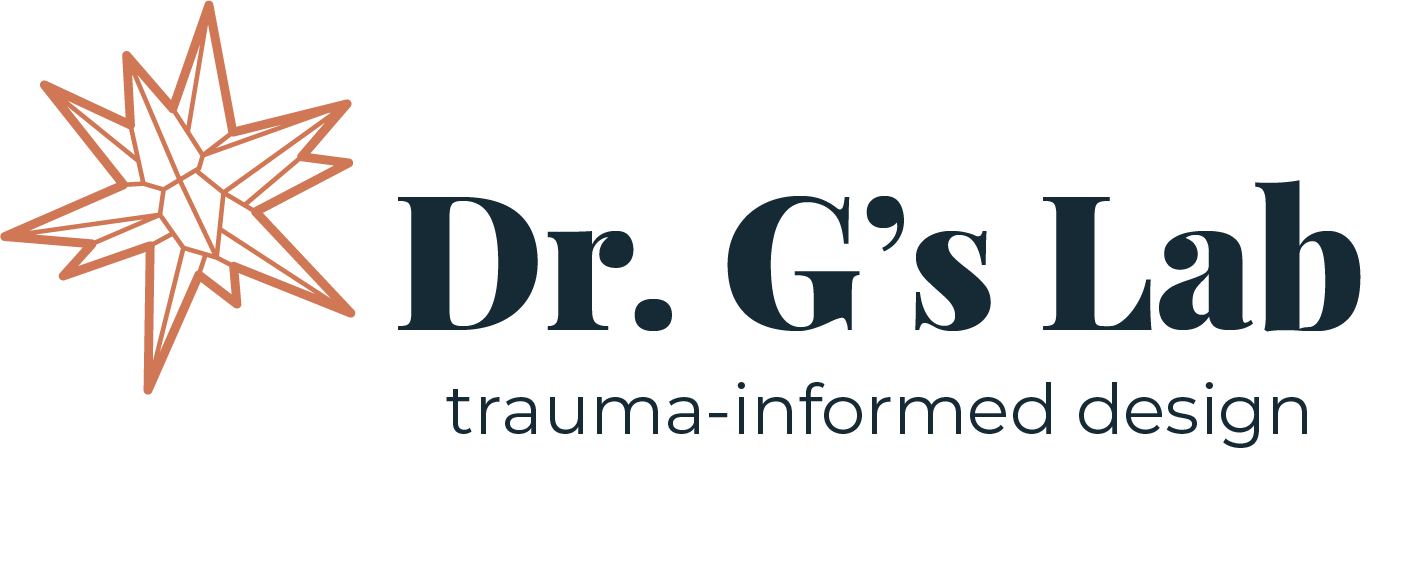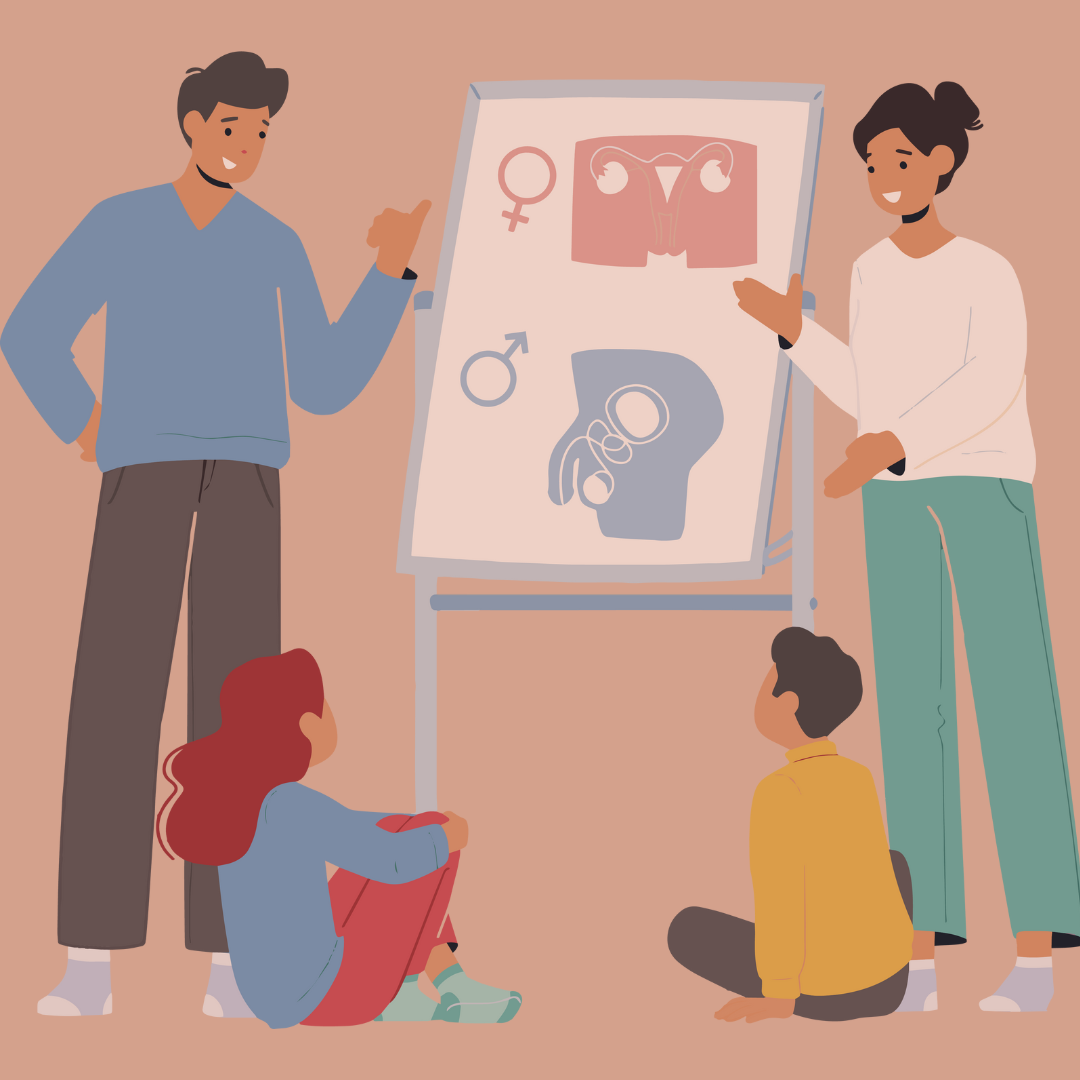Reproductive Education for Teens: Bridging the Gap
By: Sadia Arshad, MPH, MSN, WHNP-BC
Reproductive education for teens in the age of mass social media and technology is truly an interesting notion. For many, reproductive education means discussing the quirks of anatomy, the hormonal throws of puberty, and the reality of how babies are made. I'm Sadia, a women's health nurse, reproductive justice advocate, and overall brown girl baddie. I first heard of the phrase "reproductive justice" by accident upon reading through many feminist and social justice books over a decade ago in my college's library.
Reproductive justice is a term coined by Black women in 1994 as a result of their consistent exclusion by mainstream white feminist organizations. Using reproductive justice means solidarity with Black women and understanding issues affecting the reproductive sphere, such as education, culture, laws, disabilities, and more. It is also important to note that reproductive justice movements have existed before the formal conceptualization of reproductive justice, such as Indigenous people's fight for clean water, poor women's fight for bodily autonomy, and trans' people's struggle to exist safely in this world.
I attended K-12 public schools in America, where my high school taught abstinence only despite high rates of teen pregnancy, violence, and sexually transmitted infections in my neighborhood. Phrases like endometriosis, consent, and postpartum were not even uttered in my academic classes until I entered nursing school.
Fortunately, I had a mother who taught me about the realities of menstruation, pregnancy, postpartum life, and boundaries. Plus, I had enough Internet skills in high school to learn about reproductive education for teens on my terms. With great access to the Internet, especially with the rise of social media, brings several outlets for knowledge. From trending TikTok reels to the most commonly asked questions on Google, reproductive education for teens can be lifesaving, affirming, and eye-opening. However, there is so much more information online in the past decade, making it harder to obtain evidence-based, medically accurate, and culturally appropriate reproductive education for teens.
Here are some tips to bridge the gap in reproductive education in teens:
1. Educate teens on the importance of fact checking information. There are millions of social media posts and webpages. However, many things online, reproductive health or not, are not evidence-based. Anyone being able to post anything has its pros and cons. Whenever you are discussing something with teens, ask teens to find a source that can verify these facts, such as the Centers for Disease Control and Prevention, local public health departments, textbooks, medical or nursing schools, or academic journals.
2. Have a discussion with teens about the information they just received. Whether it is information about the menstrual cycle, testicular torsion, or infertility, talk to your teens about what they learned from those TikTok reels or webpages. Ask them about the sources, the types of comments they saw, and their initial impressions about the topics.
3. Be willing to answer questions and hear things you may not feel comfortable with. Reproductive education for teens sometimes means re-educating ourselves as adults. Science is always evolving, so will knowledge about reproductive health. Sometimes, teens will ask you things that you do not have the answer to or that you are not comfortable with. Understanding your boundaries and your comfort zones can help build trust among teens and also allow you to be a role model for them over time.

